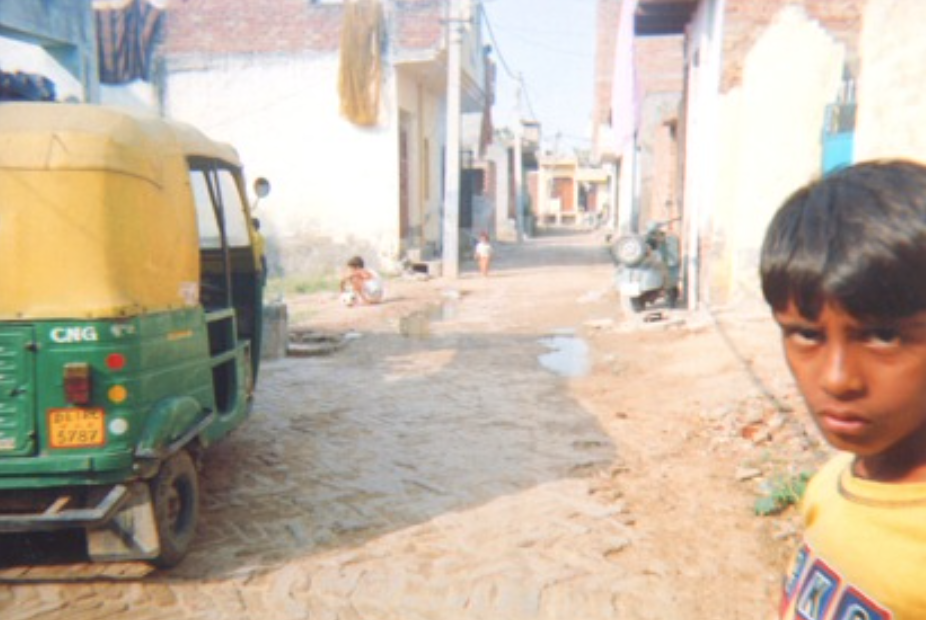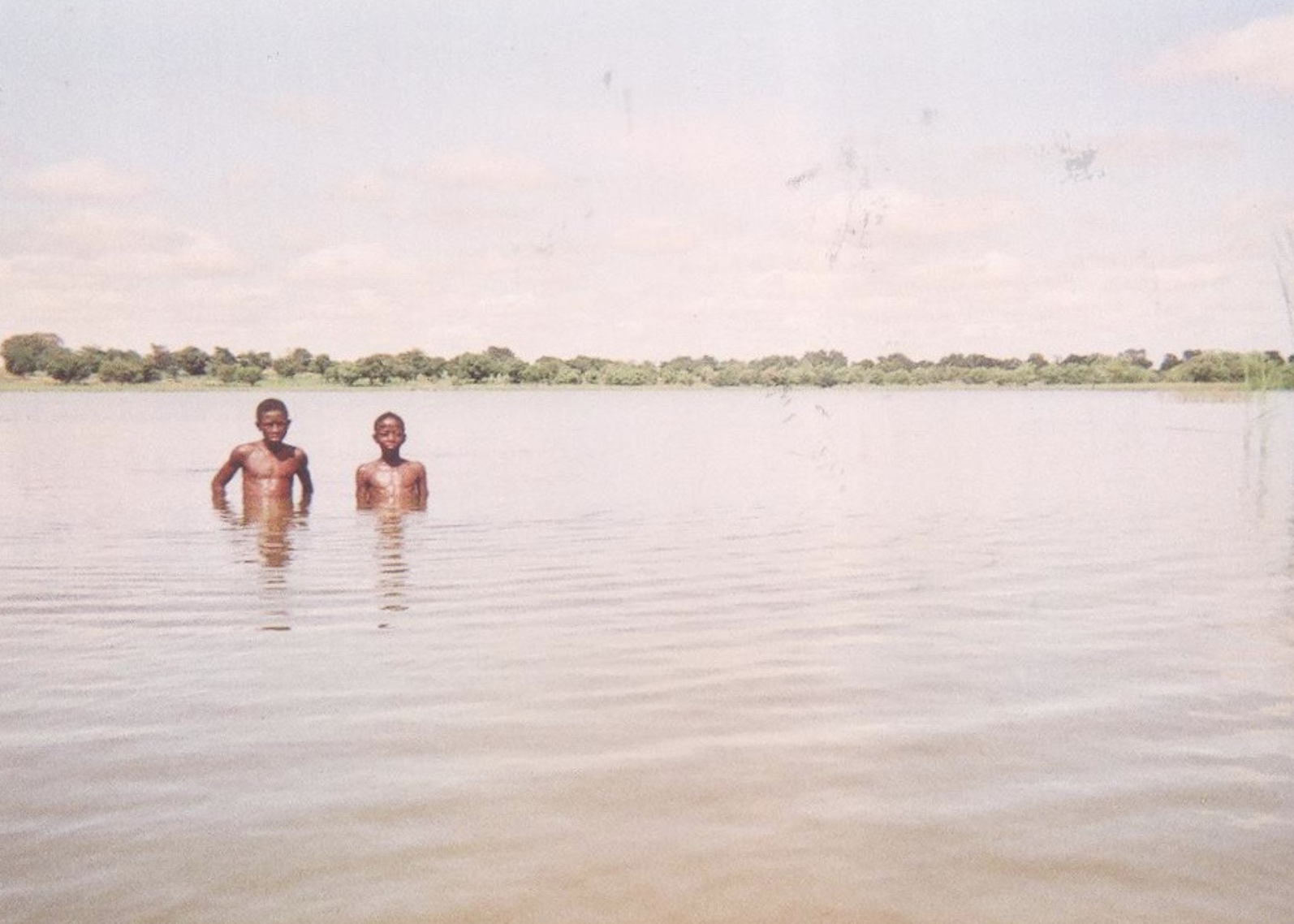
David Fleck
Glasgow School of Art, 2013

David Fleck
Glasgow School of Art, 2013
In 2013, David Fleck received the Traverse Trust Travel Award for the development and delivery of his project ‘Through Their Lens’. The vision of the project was to use disposable cameras as an economical and accessible means to engage with developing communities, and to create a vast and beautiful collage of lives from these communities by collecting and curating these photos both online and in exhibitions.
The idea of connecting with communities through the use of self documentation was previously used in a project David had been a part of in 2010. 'Tesseract', a design collective formed by David and some peers from his architecture course, travelled to India where they would visit and work with a small charity. They connected with the community and had an amazing experience with them, and during their three weeks there they developed, with community input, plans to renovate and expand a small local school.
“Something we were acutely aware of was our inability to truly understand and appreciate the needs of the kids and women at the charity school - the rift between our experiences, cultures and world-views was vast.
The resulting photos were poignant, hilarious, candid and beautiful. It was hugely beneficial to the group to gain this insight into the lives of the local children. After the 2010 project in India, the group started several other projects, some real and some fictional, which always kept the importance of the communities in focus central.
The idea of connecting with communities through the use of self documentation was previously used in a project David had been a part of in 2010. 'Tesseract', a design collective formed by David and some peers from his architecture course, travelled to India where they would visit and work with a small charity. They connected with the community and had an amazing experience with them, and during their three weeks there they developed, with community input, plans to renovate and expand a small local school.
“Something we were acutely aware of was our inability to truly understand and appreciate the needs of the kids and women at the charity school - the rift between our experiences, cultures and world-views was vast.
The turning point came with an incredibly simple idea. We each chipped in some money and some of the kids were given disposable cameras to record their lives, and when they were done the films were developed for them to see and for us to understand and share.”
The resulting photos were poignant, hilarious, candid and beautiful. It was hugely beneficial to the group to gain this insight into the lives of the local children. After the 2010 project in India, the group started several other projects, some real and some fictional, which always kept the importance of the communities in focus central.



“Running the project in was a fantastic experience! I think that the strength of the project lies in its ability to capture the imagination of the local community, and provide a unique and candid way to understand other cultures.”
— David Fleck



3 years later the idea surfaced again during David's research for his dissertation, ‘Creative Participation Methods for Architectural Projects in the Developing World’. While exploring what was so successful about the previous projects, he found examples of people who had done very similar things. Tearfund had given out 100 disposable cameras to children in Haiti after the devastating earthquake which hit in 2010, and they used the photos in their marketing to inspire empathy and give hard statistics some personality. Studio 2080, a small group from Strathclyde University, also gave out disposable cameras to village children while visiting Senegal to develop their architectural thesis.
“In both cases the cameras, in the hands of the children, were able to reveal things that visitors would never see or think to photograph. But I discovered there was another side to what was happening. Deprived communities were given a voice, and they knew that their cares and lives are being noticed by the world.”
From this point he started to develop ‘Through Their Lens’, a project which maintained the simplicity and freedom of the original idea, while adding a format to collect and share these photos from different projects. The vision of ‘Through Their Lens’ is to use disposable cameras as an economical and accessible means to engage with deprived communities, and to create a vast and beautiful collage of lives from these communities by collecting and curating these photos both online and in exhibitions.
In the summer of 2013, David travelled to Ghana where he could use ‘Through Their Lens’ on the ground. Ghana became the clear top choice as his dissertation had been connected to a community architecture project in the capital city Accra He got together 100 wholesale disposable cameras and prepared some postcard sized instructions which could be given to children taking part.
“I was hopeful that he could visit and connect with the people I’d been in touch with throughout my research. At about the same time an opportunity with Trade Right International - they were looking for someone to carry out simple land surveys for them and to engage with the local community at the outset of several building projects, including a large primary school. It was the perfect opportunity that I was looking for to try out the photography project.”
Arriving in Accra late at night, they were greeted by Thompson, the national director of Trade Right International in Ghana. Over the next 2 days they made our way north through the country with Thompson as their guide, who was introduced them to the local culture. The landscape slowly became more arid as they headed north, and in the days they spent travelling they were introduced to Ghanaian food, friendliness and summer storms.
“Our home for 4 weeks became a guest house in the small northern town of Sandema, a small but significant market town which held several of the administrative institutions for the region. The streets in Sandema are lined with huge old mahogany trees, under which everyone has established their businesses - whether it’s shops, weaving and sewing, repairing bikes, cooking meat on makeshift BBQs, the edges of the streets are where all the action happens.”
After a few hitting a few hurdles, it became apparent that the best way to get the community photos developed would be to return to Accra, do it there and then send the photos back up to the children in the school. However, the last four days of David's trip were spent in Accra fruitlessly finding a place where he could develop the films. Worried he was going to let the children who had taken the photos down, he met again with Thompson who optimistically took the cameras and promised to find a way to get them developed and to the children.
Staying in close touch with Thompson following his departure from Ghana, they were able to get the photos developed, printed and sent back to the children. Thompson also arranged for the photos to all be transferred onto a CD which he posted out to David.
Following the project in Ghana, David published them online where they will form the basis of what he hoped would become a wider collection of photos from children around the world. Using his experiences in Ghana he also hoped to produce a resource pack which can be used by other people who are seeking to engage with a local community in a creative way - believing the project to have potential widespread value, he continued to seek people and groups to partner with so that the collection of photos can continue to grow.




